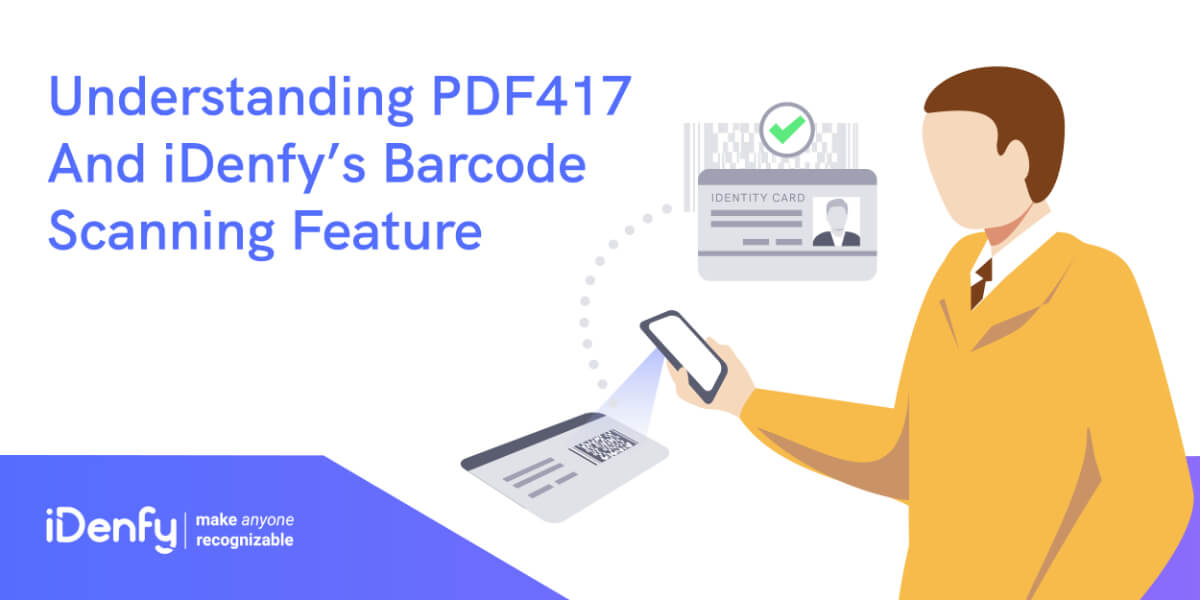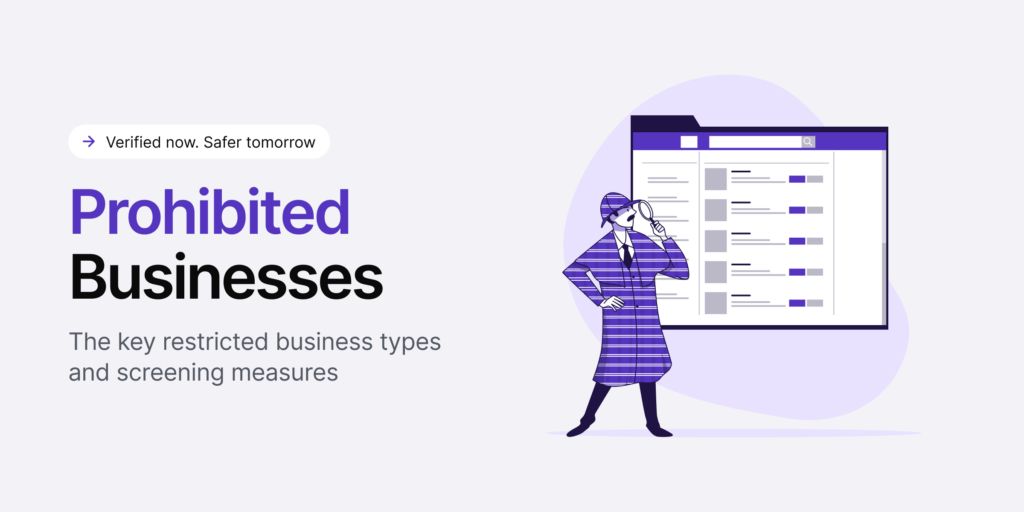Like any barcode, PDF417 is no different. You can say it’s a simple way of data representation through a visual, machine-readable form. Even though you might not recognize it by its name, you’ve probably bumped into it in the past. This unique barcode can be found on your airport boarding pass and the back of your government-issued ID document.
In general, the PDF417 barcode is a variable-length, 2D stacked barcode that anyone can use to store binary data. PDF stands for Portable Data File, while 417 represents four bars and spaces and a 17-part codeword.
Representing data through a machine-readable format is an effective way that is used worldwide, from the mentioned government documents to grocery billing, and more interesting use cases that we’ll talk about in this blog post.
What Does PDF417 Barcode Actually Mean?
PDF417 is a stacked linear barcode format that finds application in various fields, including transportation, identification cards, and inventory management. It’s used for many applications and offers several advantages over traditional one-dimensional (1D) barcodes.
PDF stands for “portable data file,” which is similar to the famous Adobe file format, “portable document format” (PDF). In the meantime, the “417” part represents the pattern of the code, which consists of four bars and spaces along with a 17-part codeword.
PDF417 Barcode Use Case Examples
Additionally, PDF417 barcodes can store a significant amount of data, making them versatile for various purposes. Here are some common uses for PDF417 barcodes:
- Identification cards. PDF417 barcodes, such as driver’s licenses and government-issued ID cards, are often used on identification cards. They can store information like the cardholder’s name, address, date of birth, and other relevant data.
- Boarding passes. Airline boarding passes frequently feature PDF417 barcodes containing flight information and passenger details. This allows for quick and accurate check-in and boarding processes.
- Shipping and logistics. PDF417 barcodes are used on shipping labels to store shipping information, tracking numbers, and recipient details. This helps streamline the shipping and logistics process.
- Inventory and asset management. PDF417 barcodes can be applied to inventory items and assets in businesses and organizations to track and manage their movements and status.
- Healthcare. In the healthcare industry, PDF417 barcodes can be found on patient identification wristbands, medical records, and prescription labels. These barcodes can store patient information, medication details, and more.
Given the extent of the application, this barcode seems to keep its uniqueness relevant to this day. So, despite us now having advancements like QR codes, we still find barcodes beneficial for businesses and, at the same time, for everyday use cases.
The History and Development of PDF417
While two graduate students invented the first barcodes: Bernard Silver and Norman Joseph Woodland from Drexel Institute of Technology, Philadelphia, in 1952, it was Dr. Ynjiun P. Wang who came up with PDF417 in 1991.
The idea behind PDF417 was to develop a technique for encoding and decoding data in a machine-readable visual structure. The image would store all the data encoded and then printed over a paper or other carrier form. To decode the data, a scanner device would scan and change the image on the carrier into electrical signals that represent the image.
Here is a brief timeline of the PDF417 barcode:
- Widespread adoption (Mid-1990s). PDF417 quickly gained popularity for its versatility and data capacity. It found applications in various industries, including transportation, identification, and document management.
- International standardization (Late 1990s). PDF417 was standardized by the International Standards Organization (ISO) in 1997 as ISO/IEC 15438. This standardization helped solidify its use in diverse sectors around the world.
- Government usage (2000s). Many governments began to use PDF417 on official documents, such as passports and driver’s licenses. It became a common feature on identity cards and travel documents.
- Modern usage (Today). PDF417 continues to be widely used in various applications, such as transportation, retail, healthcare, and government-issued documents.
PDF417’s ability to store a substantial amount of data, including both text and binary data, made it a valuable tool for industries seeking to improve data storage and retrieval processes. Its error correction capabilities are also suitable for scenarios where barcode damage or partial obstruction may occur. That’s why PDF417 remains a relevant and versatile barcode format to this day.
Verify customers identity within 15 seconds. Schedule a free identity verification demo here.
The Structure of the PDF417 Barcode that We Use Today
Currently, PDF417 contains a group of linear codes put one over the other to give it a distinct 2D perspective. As mentioned earlier, it contains four bars and spaces, with each bar being 17 units long. The barcode can have three to 90 files (rows), each resembling a tiny linear barcode.
Along with these rows, PDF417 also offers bar height adjustability. If the data encoder sets the error correction to the lowest setting, a barcode can encode or store 1,850 text characters or 2,710 numeric digits. PDF417 can support 8-bit binary data as well as 256 ASCII characters. Each individual row gets a start pattern, data code words, quiet zone, row indicators, and stop pattern.
Each of these parts has a distinct function, and they are as follows:

- The quiet zone contains the minimum amount of designated white area prior to the beginning of the bar code.
- The role of the start pattern is to identify the complete pattern as PDF417.
- The Left-Row Indicator Codeword contains information like the row number and error-correction level.
- Data codewords are bars and spaces grouped together that represent numbers, letters, or symbols.
- The Right-Row Indicator Codeword contains the row’s additional information.
Dr. Ynjiun’s barcode design was competent and could store up to 929 obtainable code words. Nine hundred of these code words were designated for data storage, while the remaining 29 were for specific functions. There are three ways to encode different data in PDF417.
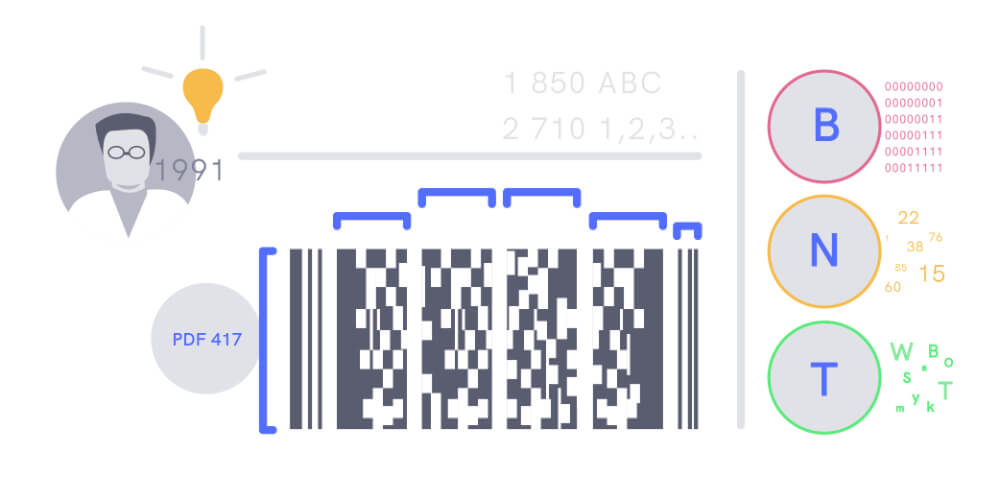
They are:
- Byte. A single five-code word group signifies six bytes.
- Numeric. 15 codewords can store a maximum of 44 digits.
- Text. A single codeword illustrates two base-30 digits. A four sub-modules system then uses these digits to create printable characters.
Fraud detection and prevention service from market leaders. Schedule a free demo here.
What Type of Variations Does the PDF417 Barcode Have?
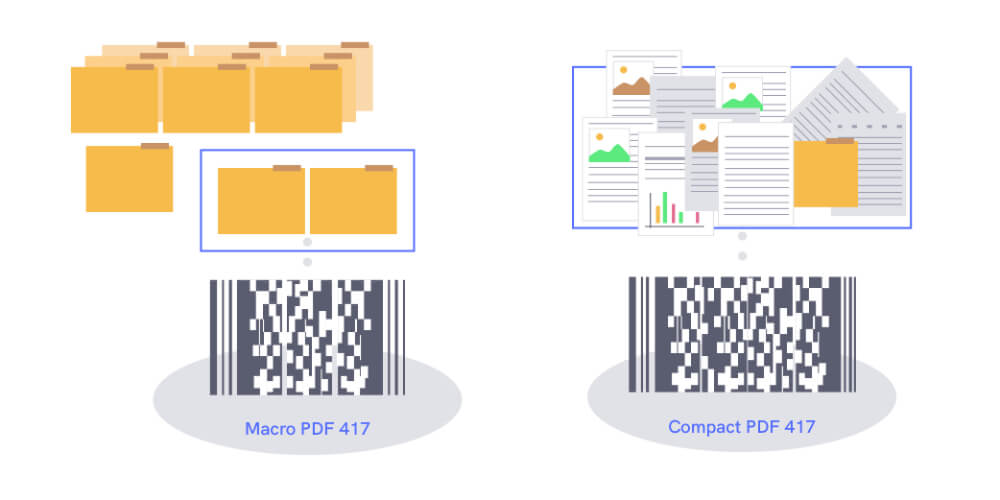
The PDF417 exists as two distinct variants. They are:
- Macro PDF417. If you want to split big files into practical segments that must be encoded in one symbol, Macro PDF417 serves the purpose.
- Compact PDF417. This variant is functional if you want to get past size restrictions and lower the possibility of symbol damage in the code.
Note: You must have heard about the Micro PDF417 barcode. While it might sound like a variant of PDF417, it is an entirely different symbology based on PDF417. Keep in mind that micro PDF417 uses a completely different format but offers a limited number of symbol sizes.
The Purpose of the PDF417 Barcode System
The initial purpose of developing the PDF417 barcode system was to create an encoding method that could store big and intricate data in a finite space.
Before PDF417, the existing encoding method would store only alphanumeric data with few special characters. Due to this reason, the world was seeking a barcode that could encode huge files and complex data. Thus, they created PDF417.
What are the Advantages of Using PDF417 Barcodes?
PDF417 barcodes offer a powerful solution for data encoding and retrieval, especially in applications that require a high level of data storage, data security, and error tolerance. Their adaptability and widespread acceptance in various industries make them a valuable tool for businesses and organizations.
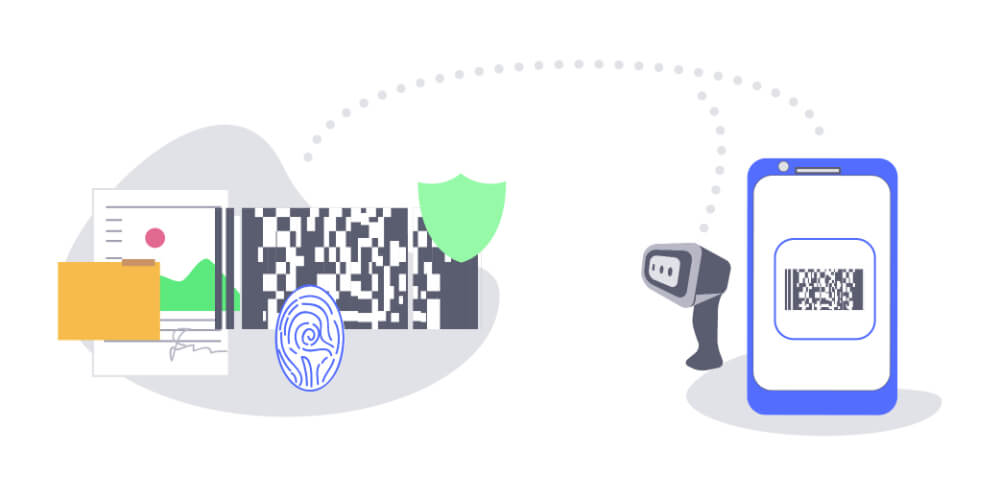
Some of the advantages that PDF417 offers are:
- PDF417 can store vast and complex data like numeric, binary, letters, and special characters. You can even store files like signatures, fingerprints, images, etc.
- Any handheld scanners and linear CCD scanners can scan them. iDenfy has launched a new feature that allows you to use your smartphone to scan PDF417 barcodes for identity verification purposes.
- Encoders can define the width and length of the barcode.
- Since PDF417 falls under the Public Domain Format, you do not require a specific license to print them.
- PDF417 is an internationally standardized barcode format (ISO/IEC 15438). This standardization ensures consistency and compatibility across various industries and regions.
- It has a high damage tolerance.
- PDF417 comes with its error detection system called the Reed-Solomon error correction.
- Implementing PDF417 can be cost-effective, as it reduces the need for multiple linear barcodes when extensive data needs to be encoded.
The Constraints of PDF417 Barcodes
- While its large size allows more data storage, PDF417 occupies way too much space compared to other barcodes.
- PDF417 is scanner angle-sensitive. It means it is at an angle if the scanner does not read the barcode.
Ensure your customers are real. Schedule a free demo here.
What are Some of PDF417’s Applications?
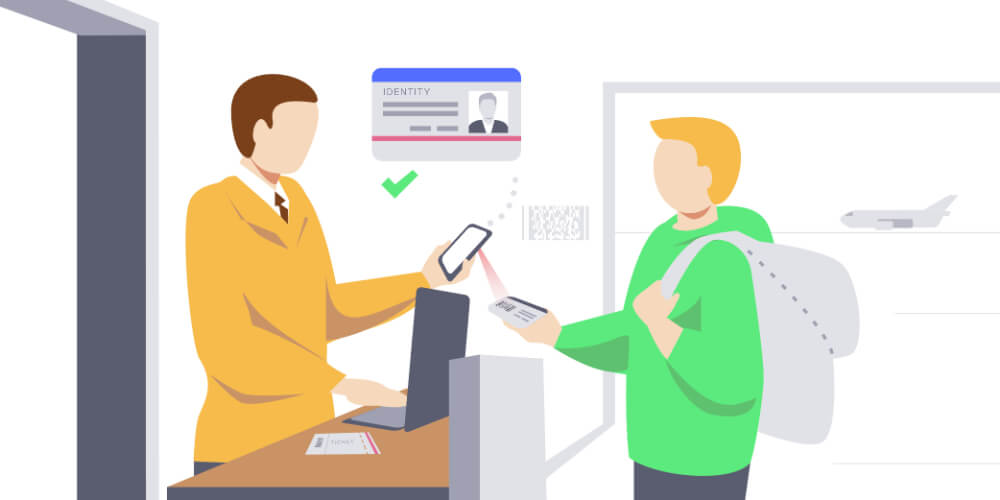
Considering the number of advantages that PDF417 offers, many government and private agencies use it.
Here are some of the usages:
- The United States Postal Department recognizes PDF417 on its postages.
- The automotive industry uses PDF417 as QR codes.
- Airlines use PDF417 to issue boarding passes to passengers.
- Courier companies use PDF417 to label packages for tracking automation.
- The Department of Homeland Security uses PDF417 when they issue driver’s licenses.
How iDenfy’s Barcode Reading System Can Streamline Identity Verification
Given how PDF417 plays a crucial role in both the government and private sector, it is a dependable source of identity verification. The US and Canadian departments use it to store a person’s information when they issue a driver’s license. It becomes easy for the authorities to scan the QR code and match the data against the official database.
We’ve developed a new barcode reader that can extract data from a document effectively. Due to its high accuracy, it effectively lowers identity fraud and increases the speed of the identity verification process. While we’ve provided identity verification during KYC before, the PDF417 scanner feature makes it a faster operation.
The scanner uses a customer’s smartphone camera directly to feed the data into the system. It maintains high-quality data input, thus making it significantly more accurate than before.
Get started right away.
This blog post was updated on the 16th of May, 2024, to reflect the latest insights.

